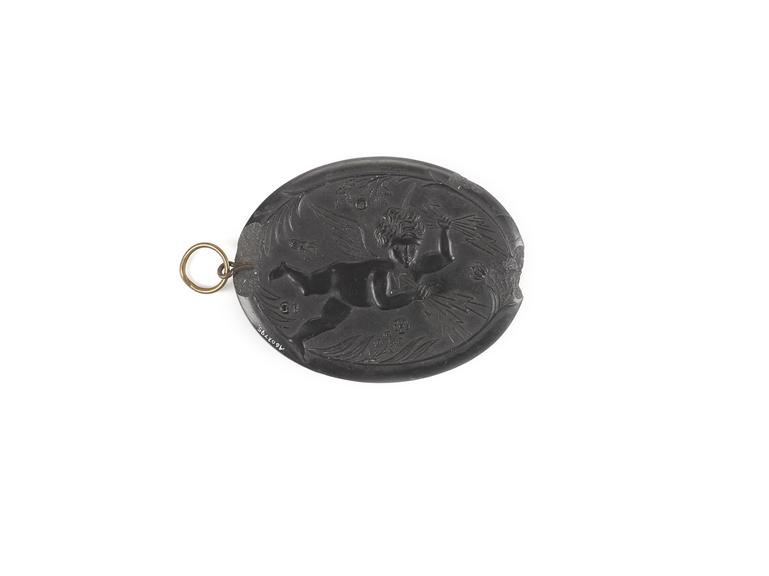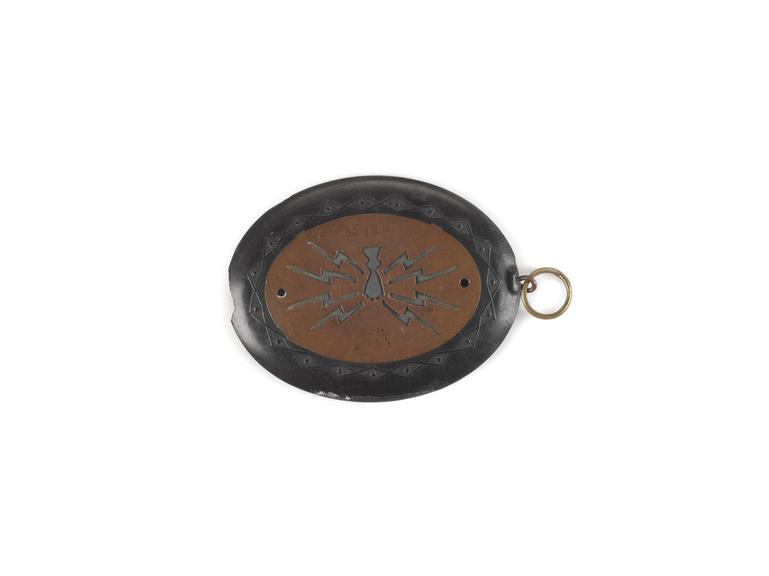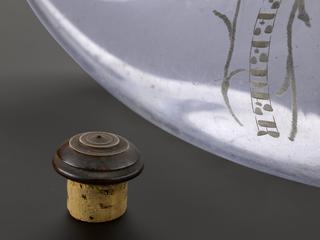




Galvanic brooch of black vulcanite, with cherub holding fistfuls of lightning on one side and on the reverse, inset copper plate with eight electric bolts radiating from a central object with two holes drilled in the copper plate, probably for mounting, used against rheumatism in Salisbury in 1911, part of the Lovett collection, probably England, 1890-1910
Worn close to the skin, metal or galvanic, pendants were advertised as a cure-all. A boom in the 1880s across Britain, France and the USA flooded the market with different designs. It was claimed that the natural moisture of the skin excited the metals to produce electricity “constantly rejuvenating the nerves and the blood with new electric life”.
Edward Lovett (1852-1933), a researcher and collector of folk traditions, sold part of his collection to Sir Henry Wellcome's museum collection in 1930.
Details
- Category:
- Therapeutics
- Collection:
- Sir Henry Wellcome's Museum Collection
- Object Number:
- A602795
- Materials:
- vulcanite and inlay, copper
- type:
- galvanic brooches
- credit:
- Loan, Wellcome Trust




